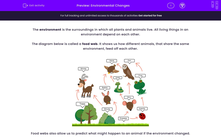A habitat is where a community of plants and animals live.
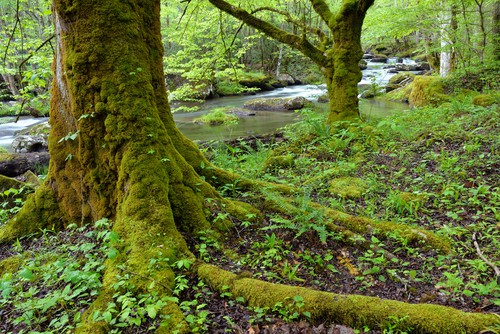
The environment of the habitat determines the conditions in which they exist.
Things like temperature and rainfall (climate), soil type, other organisms, etc., are all part of the environment of the habitat.
All living things in a habitat depend on each other and are affected by each other.
So, let's have a look at this.
The diagram below is called a food web.
It shows us how different animals that share the same habitat, feed off each other and compete for food.
In the food web below, the owl and snake compete for the mice.
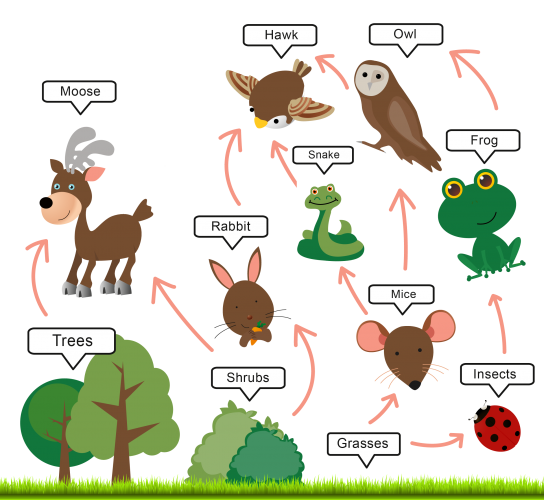
Food webs also allow us to predict what might happen to an animal if the environment in the habitat changed.
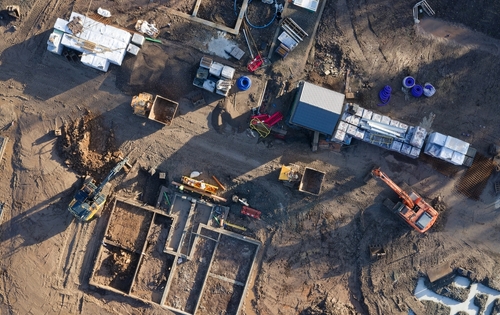
If we change our own environment, by building something or digging something up, this can cause massive changes for the organisms that share the space with us.
For example, if we were to destroy the shrubs in the food web, the rabbits in the habitat would have less to eat and eventually the rabbits would have to move elsewhere.
As a result, the hawk also would have less food available and would only be able to eat the snake (in this food web, anyway).
The number of snakes in the habitat (the snake population) will decrease because that's the only animal left that the hawk can eat (as there are no rabbits).
There would now be fewer snakes in the habitat, so the mouse numbers would increase!
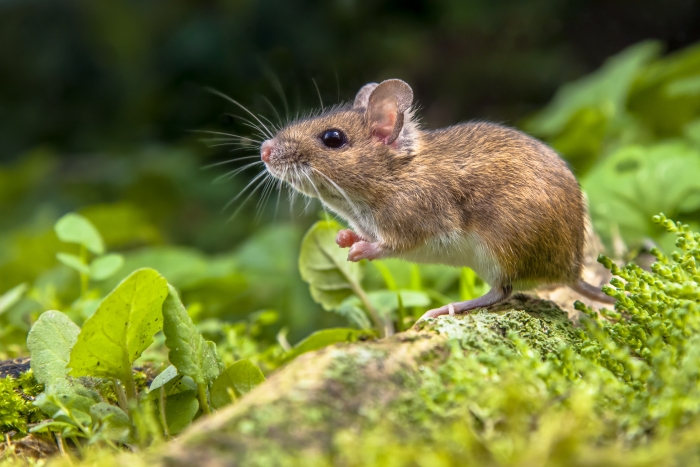
So we can see that changing one thing in our habitat can have a knock-on effect on others!
That's why it's called a food web - like a spider's web, tug on one strand, and the whole thing shakes.
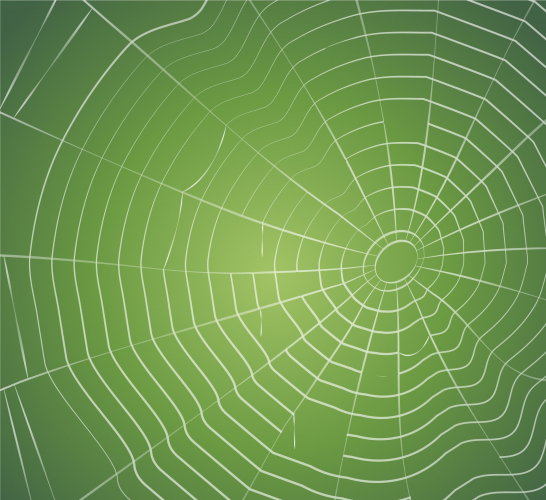
Does that all make sense?
OK, well, let's have a look at a few questions and consider a range of different possibilities.

